When I think of southern plantations, the crops that comes to mind are always cotton and tobacco. But, we learned, rice was another big crop that was labor intensive (and therefore ripe for the use of enslaved persons), primarily located on the coast where the necessary tidewaters are located.
In fact, the rice crop was called “Carolina Gold”, for the money it brought in, the brilliant gold color in the fields, and the quality of the product.
We visited the Hofwyl-Broadfield Plantation in Brunswick, Georgia, where we wound up getting a private tour. The plantation’s origins date back to 1800, with more than seven thousand acres and 350 enslaved people to work the rice fields.

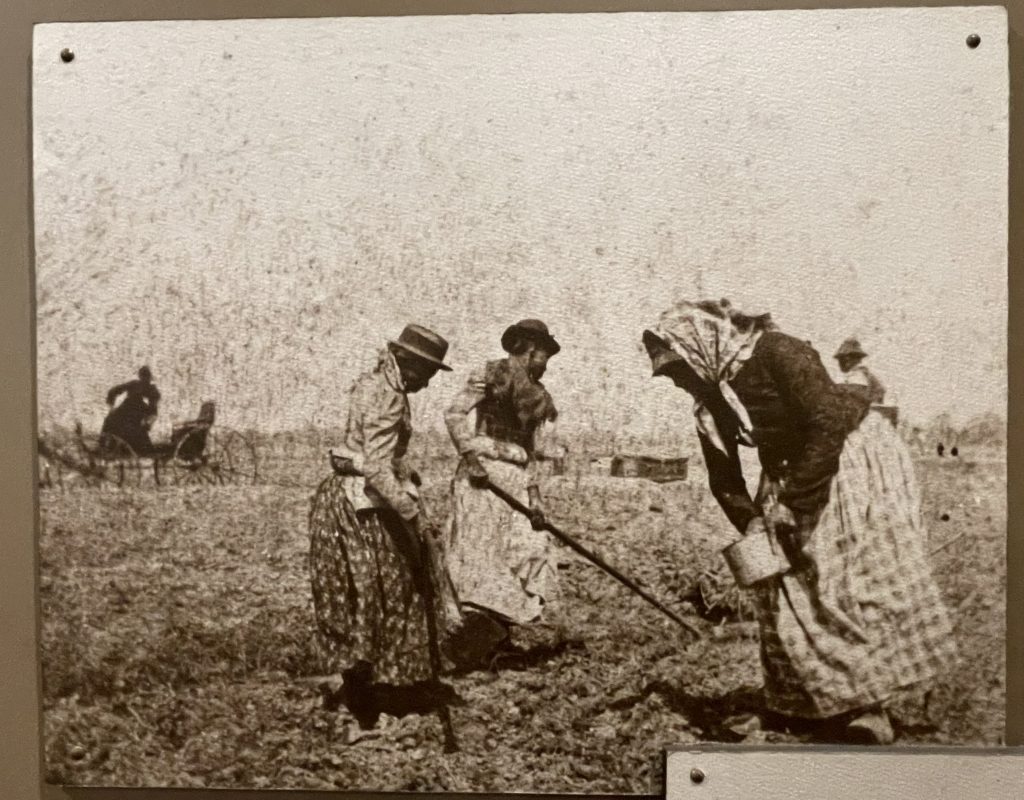
Coastal areas such as this are great for growing rice, and also for malaria-carrying mosquitoes. It turns out that African Americans are less prone to malaria thanks to the sickle cell trait (which unfortunately makes them more prone to sickle cell anemia).
Therefore the enslaved people were left to work the estate while the white owners lived elsewhere to remain safe from malaria. The home on the estate, built in the 1850s, was originally intended to be an overseer’s house.
The relative isolation of the enslaved people enabled the creation of a unique culture known as the Gullah Geechee, which extends from southern North Carolina down to northern Florida.
When the Civil War ended legal slavery in 1865, rice eventually proved unprofitable. The family lost land to taxes and debt after the war, and in combination with having to pay for labor (what a concept!), rice was no longer viable.
The plantation changed over to a dairy farm in 1915, but even that was no longer sustainable by 1942. The plantation slid ever-more into decline.
The site, now managed by the State of Georgia, is down to about 2,000 acres of fields and marshes. It was left to the State by the last descendant, Ophelia Dent, when she died in 1973, so it contains a fair number of original furnishings. The great old trees on the property were absolutely magnificent.

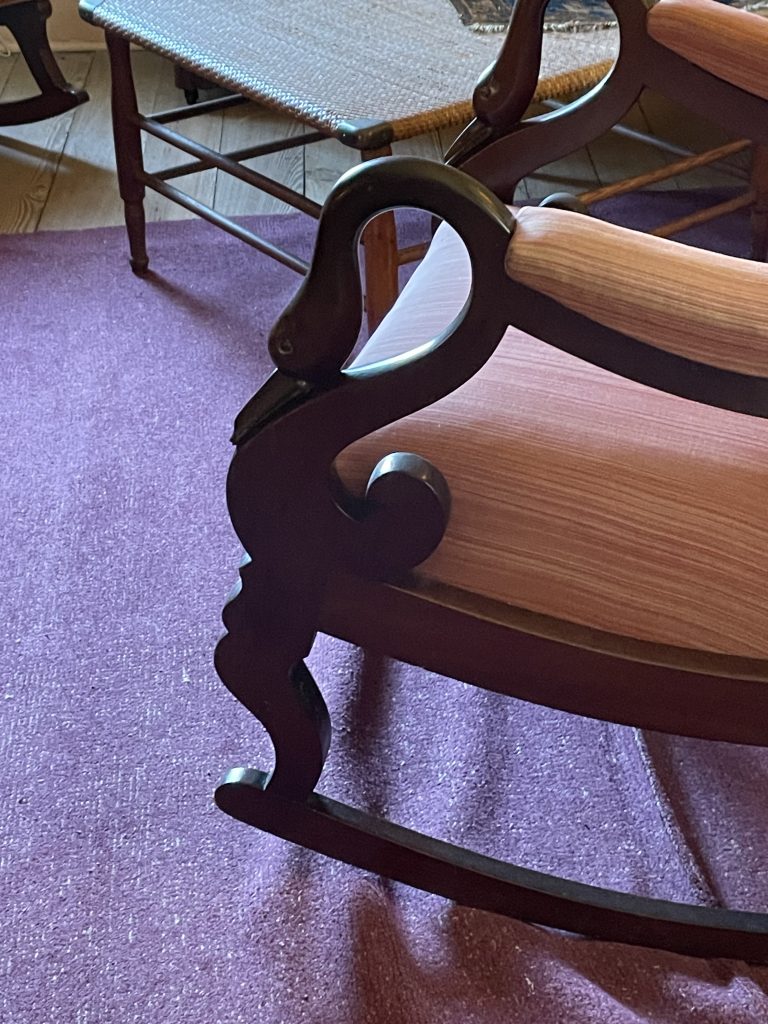
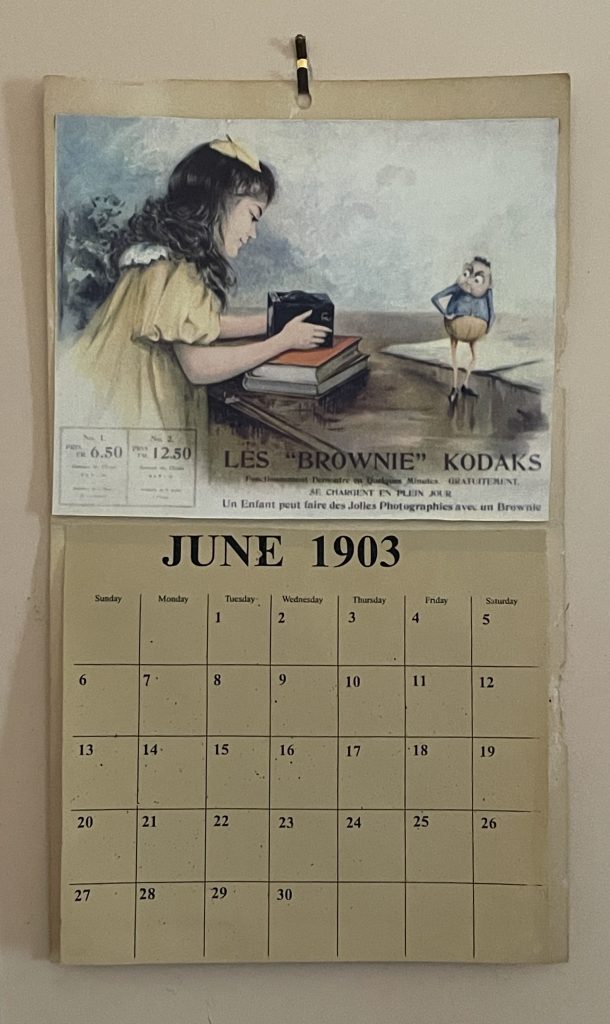
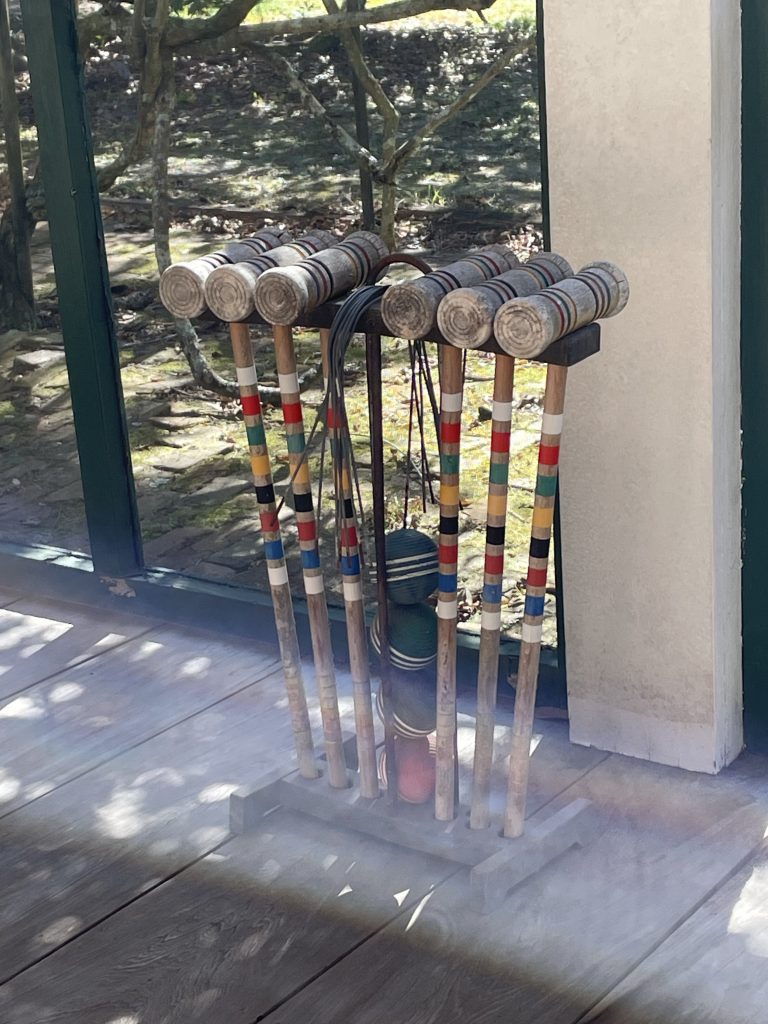
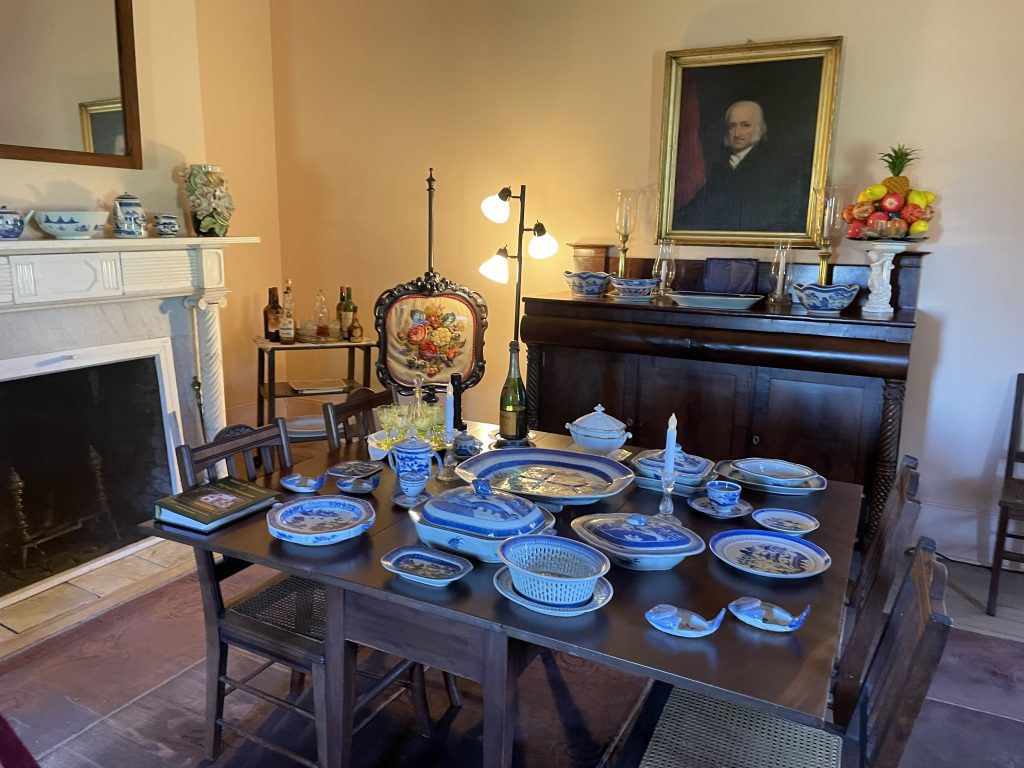
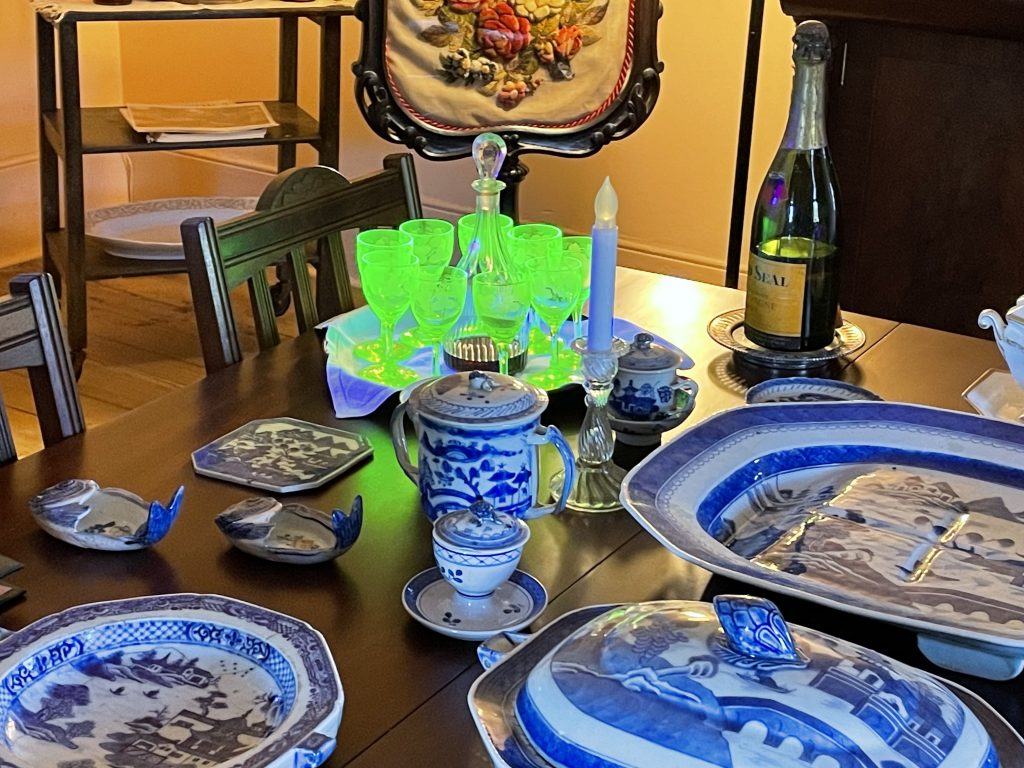

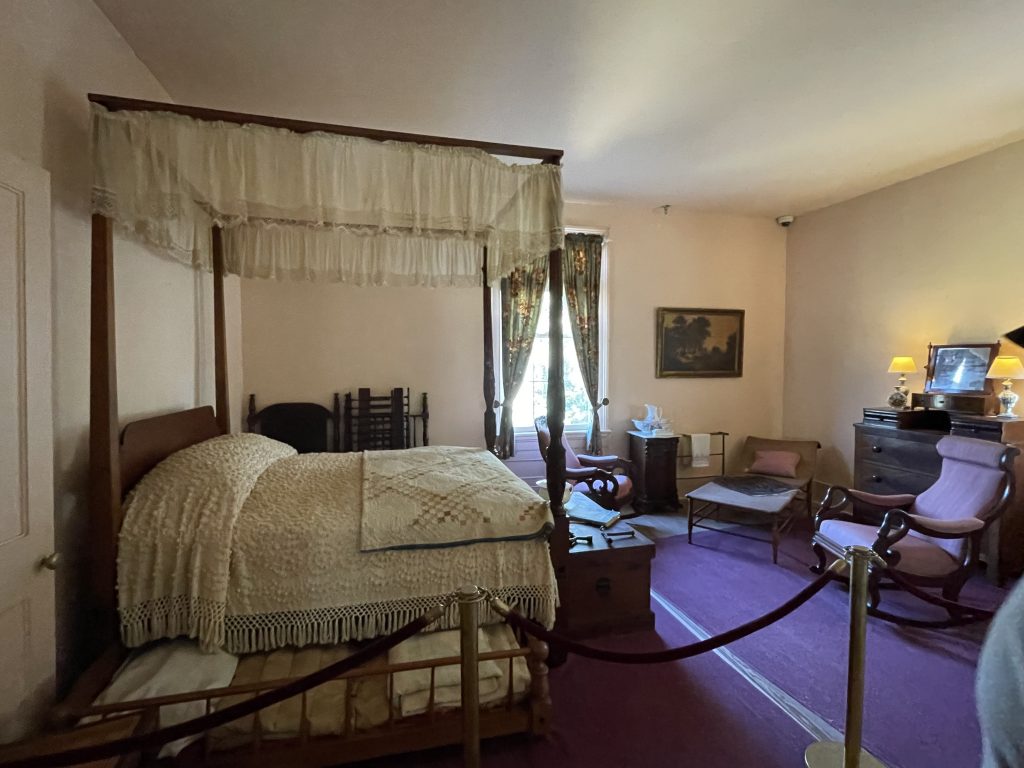
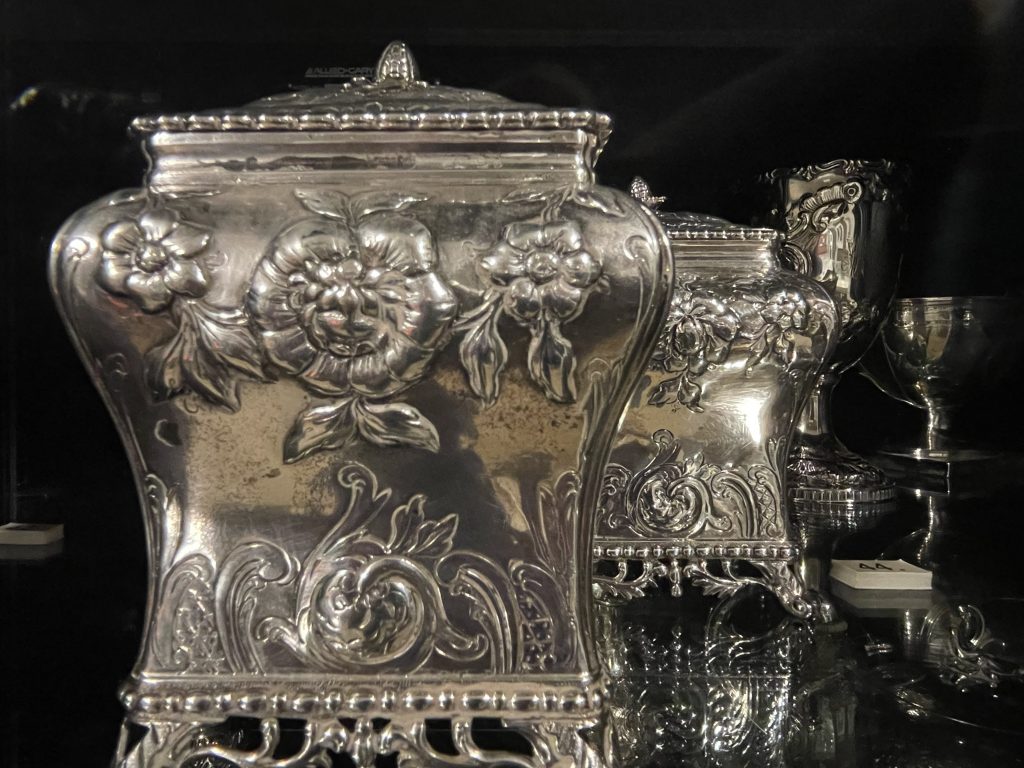
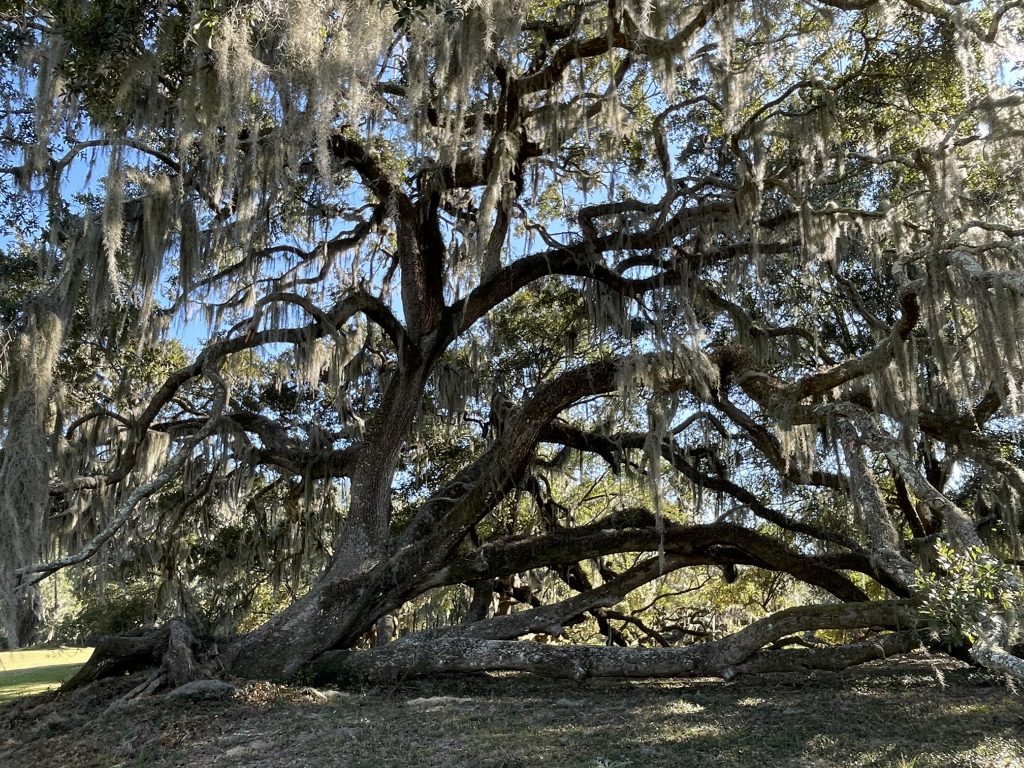





You stirred some memories. I started with the Kodak Brownie Hawkeye model in the 1950s and the family spent many hours playing with a similar croquet set.
When you said “stirred some memories” I was like “what kind of rice plantation memories could he have?!?” Ha ha.